California's chances of having a magnitude-7 or greater earthquake in the next couple days just skyrocketed
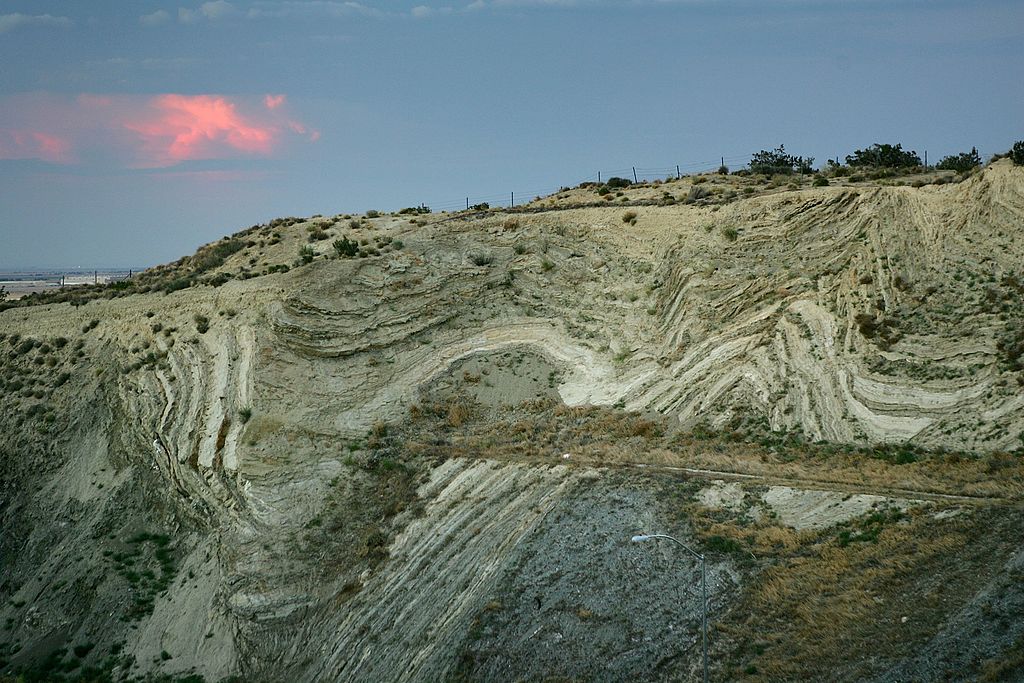

A cluster of more than 200 small earthquakes beneath the Salton Sea in Southern California earlier this week has scientists waiting to see if the slumbering San Andreas fault nearby could be the next to move. The U.S. Geological Survey estimates that following the quake swarm at the Salton Sea on Monday and Tuesday, the likelihood of a magnitude-7 or greater earthquake being triggered is as high as 1 in 100 over the next seven days, though the odds will lower as time goes on.
But for now, local seismologists might feel their hearts racing. "When there's significant seismicity in this area of the fault, we kind of wonder if [the San Andreas] is somehow going to go active," Caltech seismologist Egill Hauksson told the Los Angeles Times. "So maybe one of those small earthquakes that's happening in the neighborhood of the fault is going to trigger it, and set off the big event."
And by big event, they mean big:
The Week
Escape your echo chamber. Get the facts behind the news, plus analysis from multiple perspectives.

Sign up for The Week's Free Newsletters
From our morning news briefing to a weekly Good News Newsletter, get the best of The Week delivered directly to your inbox.
From our morning news briefing to a weekly Good News Newsletter, get the best of The Week delivered directly to your inbox.
A San Andreas earthquake starting at the Salton Sea has long been a major concern for scientists. In 2008, USGS researchers simulated what would happen if a magnitude-7.8 earthquake started at the Salton Sea and then barreled up the San Andreas fault, sending shaking waves out in all directions.By the time the San Andreas fault becomes unhinged in San Bernardino County's Cajon Pass, Interstate 15 and rail lines could be severed. Historic downtowns in the Inland Empire could be awash in fallen brick, crushing people under the weight of collapsed buildings that had never been retrofitted.Los Angeles could feel shaking for a minute — a lifetime compared with the seven seconds felt during the 1994 Northridge earthquake. Shaking waves reach as far as Bakersfield, Oxnard, and Santa Barbara. About 1,600 fires spread across Southern California. And powerful aftershocks larger than magnitude-7 pulverize the region, sending shaking into San Diego County and into the San Gabriel Valley. [Los Angeles Times]
Scientists say major earthquakes happen in Southern California about once every 150 or 200 years; the last big quake at the Salton Sea-tip of the San Andreas fault was 330 years ago. Read the full chilling report at the Los Angeles Times.
A free daily email with the biggest news stories of the day – and the best features from TheWeek.com
Jeva Lange was the executive editor at TheWeek.com. She formerly served as The Week's deputy editor and culture critic. She is also a contributor to Screen Slate, and her writing has appeared in The New York Daily News, The Awl, Vice, and Gothamist, among other publications. Jeva lives in New York City. Follow her on Twitter.
-
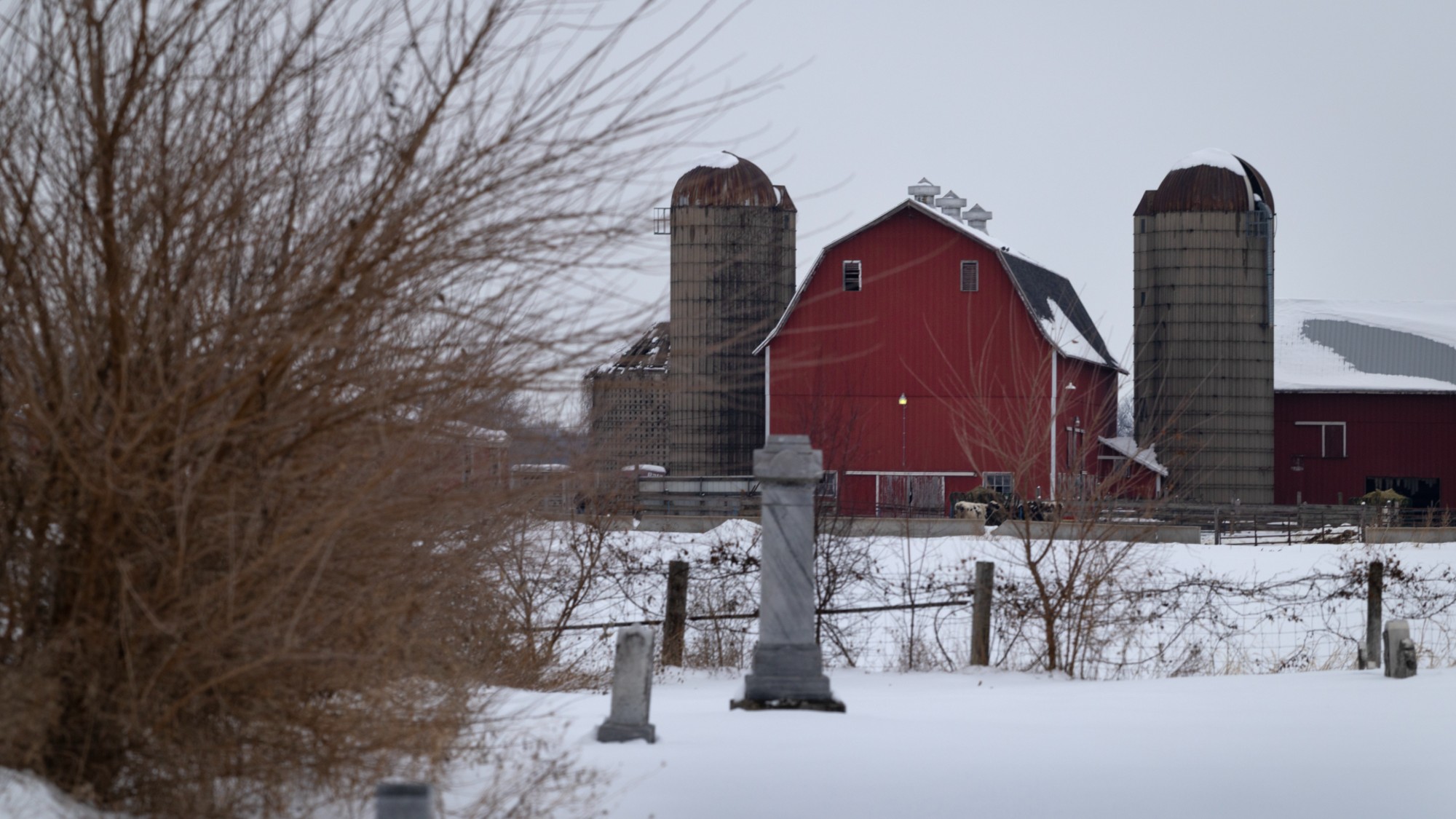 Will Trump’s $12 billion bailout solve the farm crisis?
Will Trump’s $12 billion bailout solve the farm crisis?Today’s Big Question Agriculture sector says it wants trade, not aid
-
 ‘City leaders must recognize its residents as part of its lifeblood’
‘City leaders must recognize its residents as part of its lifeblood’Instant Opinion Opinion, comment and editorials of the day
-
 10 upcoming albums to stream during the winter chill
10 upcoming albums to stream during the winter chillThe Week Recommends As the calendar turns to 2026, check out some new music from your favorite artists
-
 Hungary’s Krasznahorkai wins Nobel for literature
Hungary’s Krasznahorkai wins Nobel for literatureSpeed Read László Krasznahorkai is the author of acclaimed novels like ‘The Melancholy of Resistance’ and ‘Satantango’
-
 Primatologist Jane Goodall dies at 91
Primatologist Jane Goodall dies at 91Speed Read She rose to fame following her groundbreaking field research with chimpanzees
-
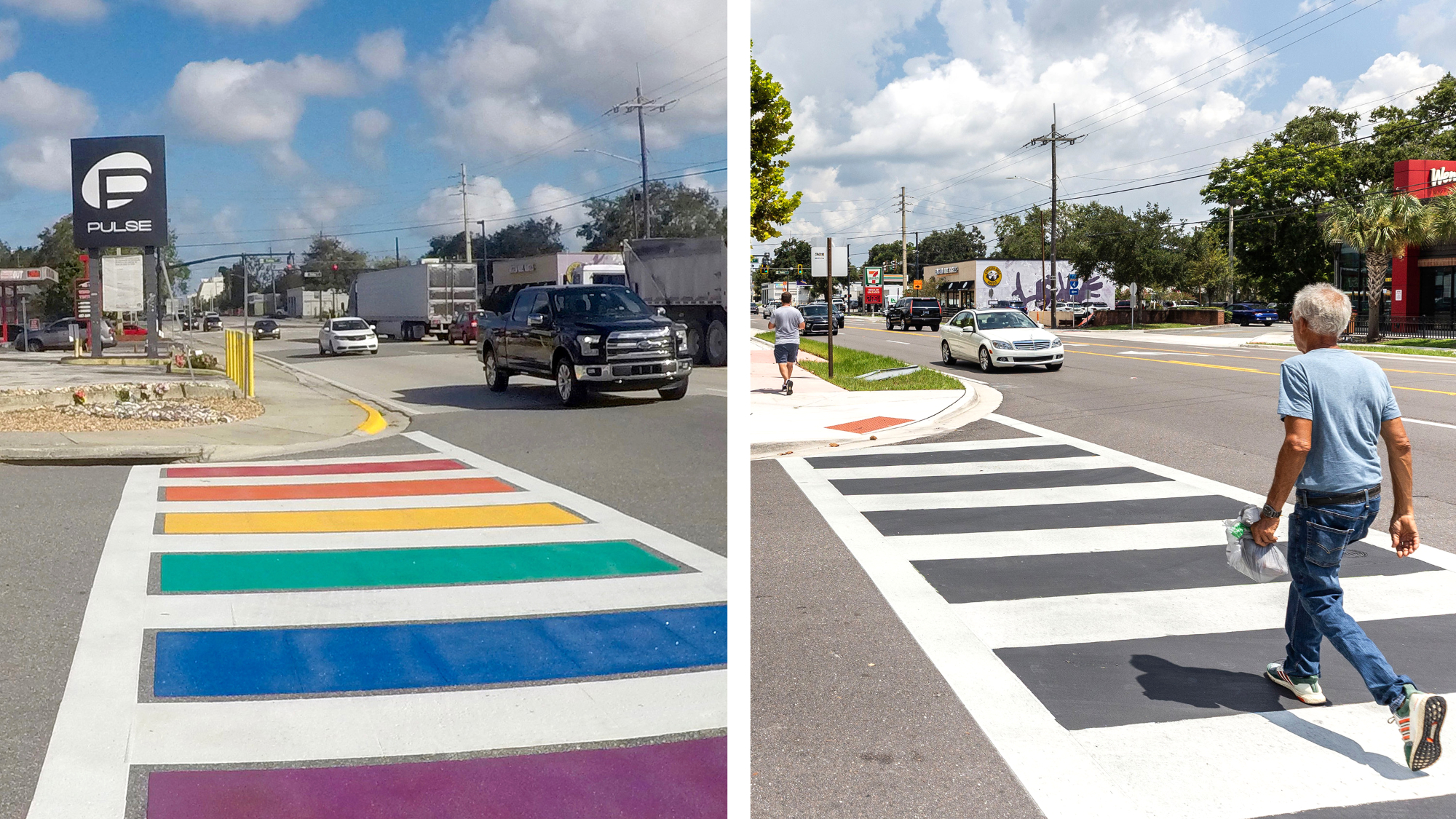 Florida erases rainbow crosswalk at Pulse nightclub
Florida erases rainbow crosswalk at Pulse nightclubSpeed Read The colorful crosswalk was outside the former LGBTQ nightclub where 49 people were killed in a 2016 shooting
-
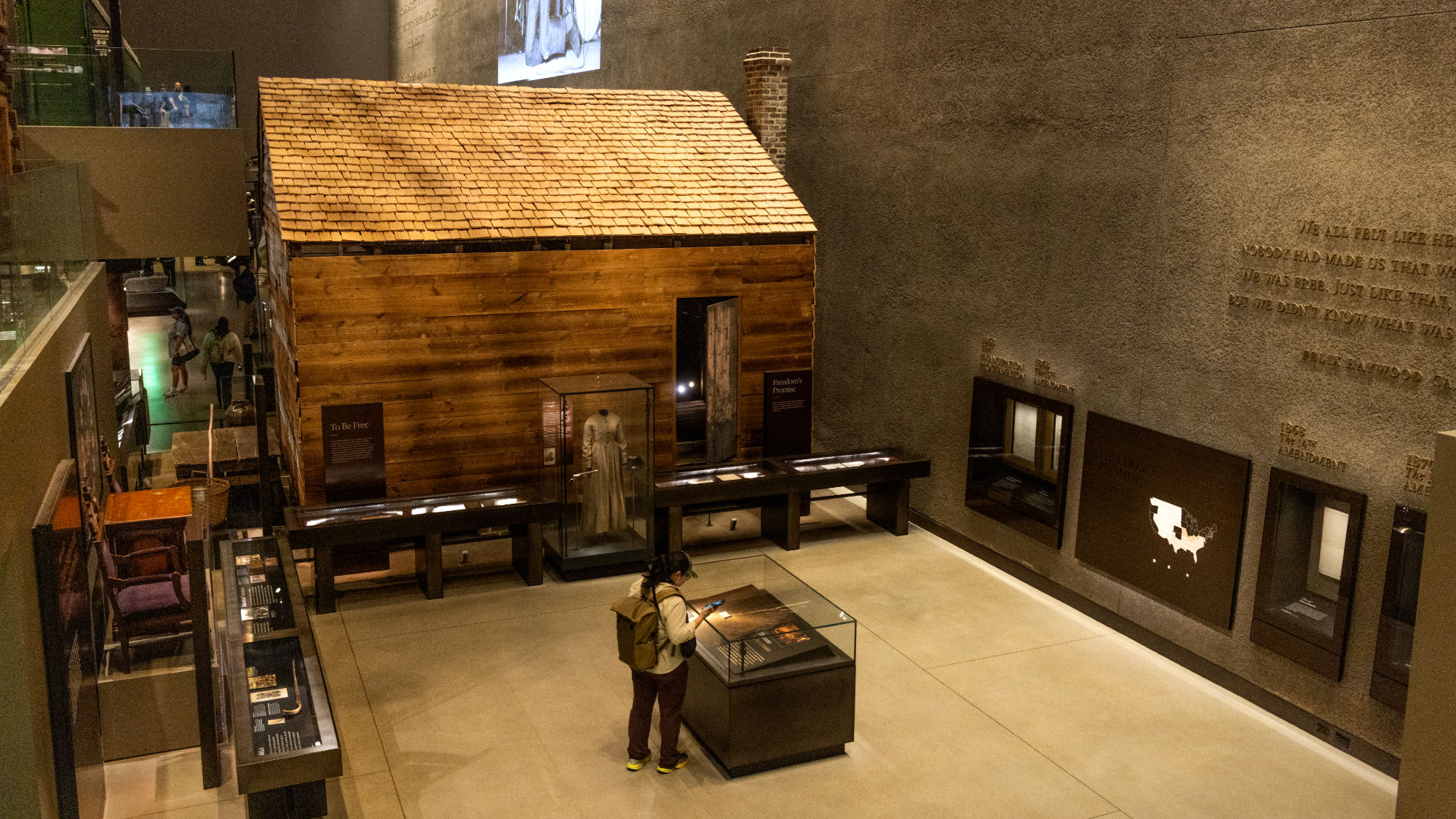 Trump says Smithsonian too focused on slavery's ills
Trump says Smithsonian too focused on slavery's illsSpeed Read The president would prefer the museum to highlight 'success,' 'brightness' and 'the future'
-
 Trump to host Kennedy Honors for Kiss, Stallone
Trump to host Kennedy Honors for Kiss, StalloneSpeed Read Actor Sylvester Stallone and the glam-rock band Kiss were among those named as this year's inductees
-
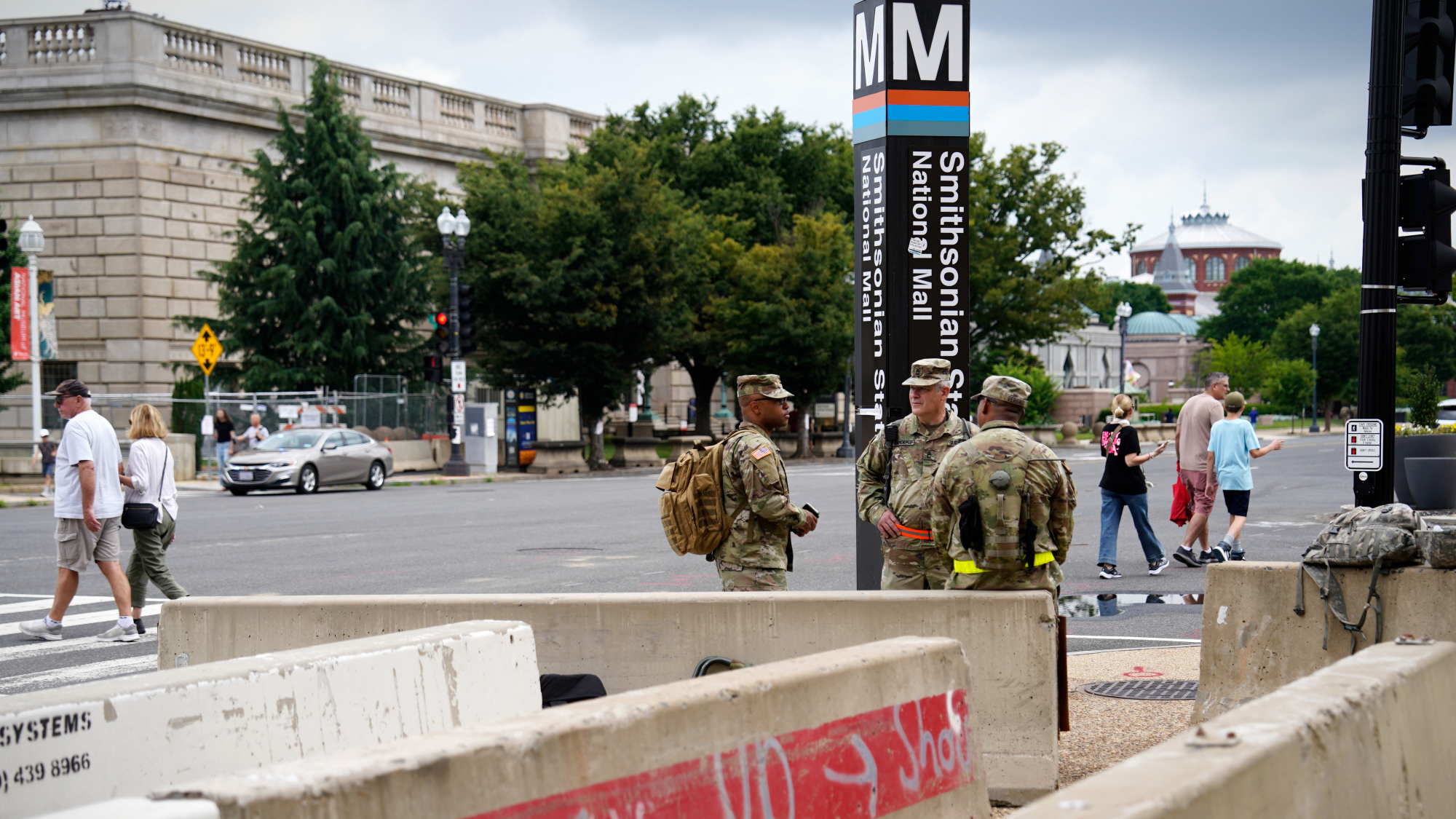 White House seeks to bend Smithsonian to Trump's view
White House seeks to bend Smithsonian to Trump's viewSpeed Read The Smithsonian Institution's 21 museums are under review to ensure their content aligns with the president's interpretation of American history
-
 Charlamagne Tha God irks Trump with Epstein talk
Charlamagne Tha God irks Trump with Epstein talkSpeed Read The radio host said the Jeffrey Epstein scandal could help 'traditional conservatives' take back the Republican Party
-
 CBS cancels Colbert's 'Late Show'
CBS cancels Colbert's 'Late Show'Speed Read 'The Late Show with Stephen Colbert' is ending next year
